By Mia Curtis-Mays, Searchroom Assistant
Nestled in the forest, on the borderline of West Sussex and a stone’s throw from Hampshire, Stansted House proudly stands in Stansted Park Estate. In SP 1256, the mansion was described as being substantially built of a grey stock brick, stone quoins, and ashleering borders. It boasted 16 Tuscan columns on the ground floor and 16 Ionic columns on the first and five capital gardens. The name ‘Stansted’ or Stand Steed was allegedly first mentioned in 1581, when Queen Elizabeth 1st was on a visit to the owner, the Earl of Scarborough. Riding on a restive horse, the Queen cried, “Stand Steed”, which is why the estate claimed that name.
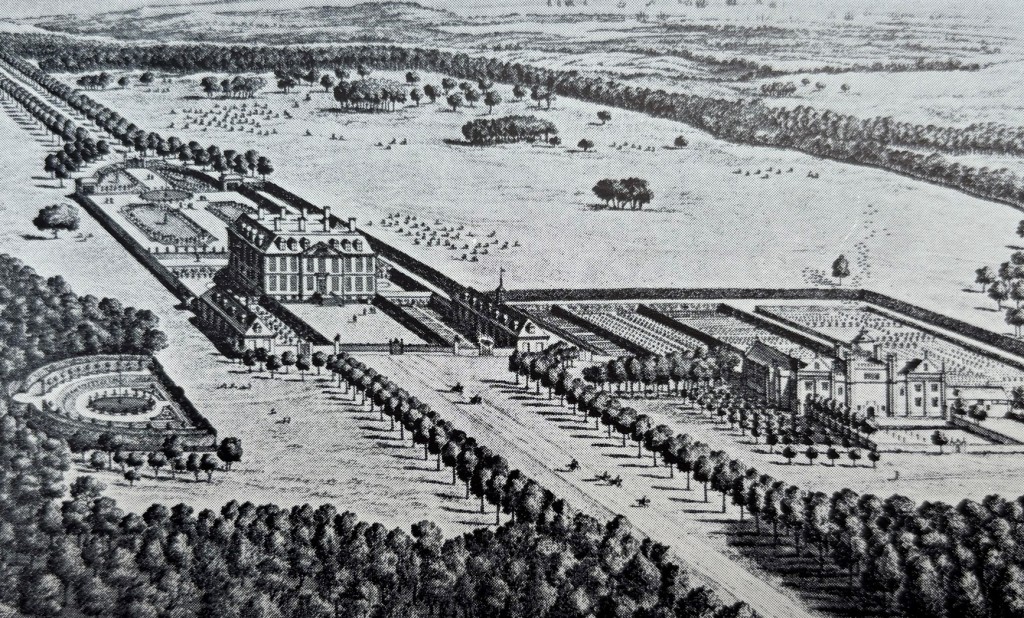
The Great Fire of 1900
In 1900, a great fire consumed the Sussex mansion, under the ownership of Mr George Wilder, who had only recently inherited the building from his deceased father. It was the last night of the Goodwood Races, which Mr and Mrs Wilder had not attended, but had been entertaining guests for over the previous days when they had. Luckily, the guests had gone home before the Wilders had sat down for dinner and the alarm was raised for ‘Fire!’.
At about 8:30pm, the coachman and a manservant, who were positioned in the stable yard, had spotted flames shooting through the roof near the north-west corner of the mansion. Once the Wilders were informed, they helped to get the fire hose out and attached to a water hydrant, with water supplied from the mansion’s own reservoir. Despite their efforts, because the roof was made of lead, it was impossible to break in and get to the main source of the fire. Soon, the whole roof was ablaze, its spread assisted by the strong winds, lighting up the country for miles around.
The Havant Fire Brigade arrived after 9pm, and the Emsworth Fire Brigade at 9:40pm, and both came to the decision that the house was beyond saving. This realisation encouraged the mission to save the valuable items in the house instead- to venture into a burning building!
More than 100 men, including firemen, police, servants of the house, workmen of the estate and bystanders, worked together to save as much as possible. Valuable tapestries, furniture, paintings, grand pianos, books and linen were rescued but a £600 organ, wood carvings by Grinding Gibbons and an old wooden bedstead (said to be where Queen Elizabeth slept on her visit to Stansted) did not survive. The rescue directions were given by Mr and Mrs Wilder, focusing mainly on items in the downstairs rooms. Mrs Wilder herself rescued her jewel case from the flames. The saved items were put behind a wire railing, protected by police.
This rescue mission was not without its dangers. The men were exposed to molten lead which was pouring down from the roof, and the floors and walls were falling through as the fire progressed. Three men barely got out alive- the ceiling collapsed just as they left. Eventually the building fell completely with a crash. With the fire engine operations, Clement Johnson had his arm broken and another pumper sustained an injury to his finger, both of whom were attended to by Dr F Evered, who was luckily on the scene.
Stansted House fell to the flames, continuing until at least 6am the next morning. Mrs Wilder watched on in a carriage, while Mr Wilder oversaw the event. Their 700–800-year-old mansion, which once stood at 50ft in height, 150ft long by 100ft in width, three storeys high with lofty two-floored balconies and stone pillars, was now a crumbling ruin.
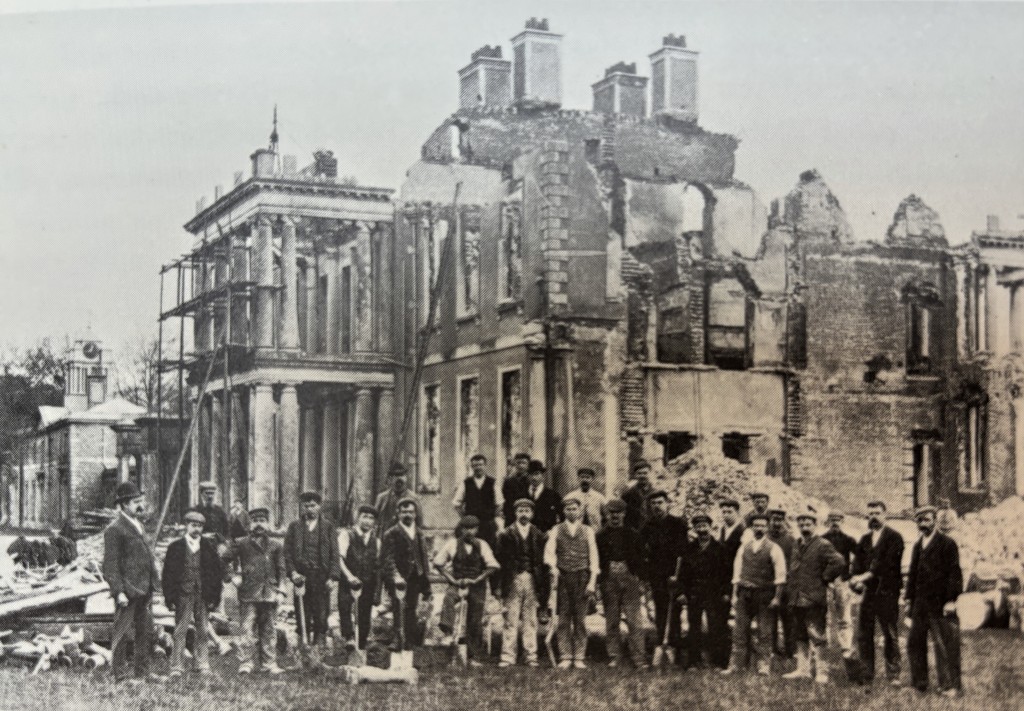
The source of the fire was presumed to be a candle, used by a plumber repairing a large leaden cistern in the roof. However, it was never proven. The damage of the fire was said to have cost between £100,000 – £200,000, but Mr Wilder’s insurance only covered £60,000. Despite what this cost him, Mr Wilder made sure to deposit a cheque, the following year, to the fire brigades who helped extinguish the great fire.
A Grand Ball
It was only a few months after the fire, however, that Mr Wilder had set about rebuilding the mansion to its former glory. The house was rebuilt by Sir Reginald Blomfield, similar to the original proportions- but his version of the house is commonly preferred. During the progress, Mr Wilder stayed at Aldsworth House nearby.
In August 1903, the Wilders decided to celebrate the end of their rebuilding with a grand ball, inviting around 200 people. The noble hall and ball room were decked with floral decorations and electric glow lamps, and supper was served at several tables in the dining room. The dancing was said to have gone on till dawn, with Mrs Wilder leading the way in a pink chiffon gown with diamonds, to the music of Lieut Miller’s band of the KMLI. The ball was a great success and seemed to only add to the Wilder’s popularity.
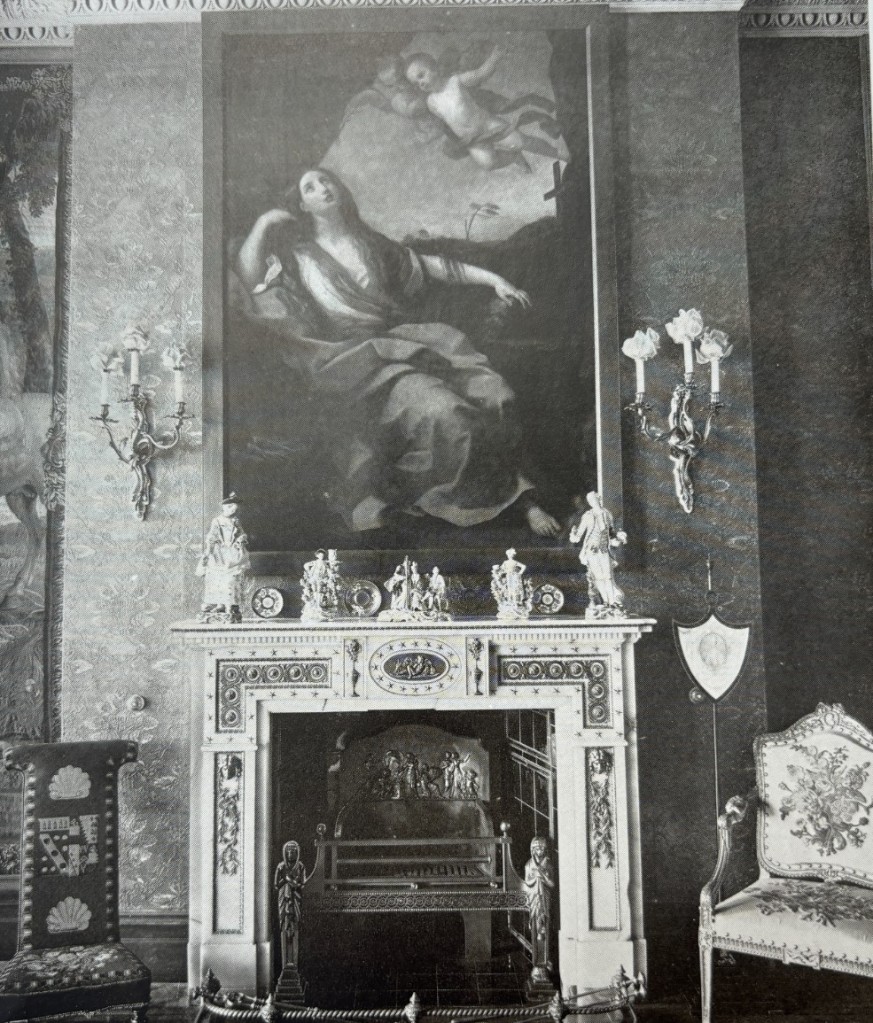
Now Stansted House was rebuilt, it could only make sense for Mr and Mrs Wilder to take an 18-month tour of the world to furnish it. The trip included visits to Yokohama in Japan, San Francisco in California and Sydney in New South Wales. The images below are from Ancestry and from top to bottom: 1) George and Una Wilder Feb 1905 New York to Liverpool, 2) George and Una Wilder Jan 1905 Yokohama Japan to San Fran, 3) George and Una Wilder Jun 1904 San Fran to Sydney, and 4) George and Una Wilder May 1910 Yokohama Japan to British Columbia Canada.
A Blazing Homecoming
Eventually they returned, and even this was a massive event. Once the Wilders reached Rowlands Castle, they were greeted by a large crowd of people waiting for them. Travelling in an open carriage, they were driven under two evergreen triumphal arches, illuminated by fairy lights. The horses were soon taken out of the carriage and replaced by members of the Westbourne Football Club. 200 torchbearers and the Havant Town Band lead the procession to Stansted House, surrounded by spectators. Stansted House’s grounds were illuminated by coloured fairy lights and its entrance embellished with evergreens and palms. Over the porch the words “Welcome Home” were written in electric lights.
Upon the arrival to the house, the torchbearers formed into a square and the band announced “Home, Sweet Home”. Mr Wilder expressed his gratitude and the party dined and enjoyed fire balloons and a firework display by Messrs. Brock & Co, of London. Around 2000 people from the surrounding areas came to view it. Though that amount of fire next to the building, which was not long ago a cinder, was an interesting choice of celebration.
The homecoming extravaganza was organised by their dear friend and estate manager, Claude Graham-White. They had met Graham-White in 1900, when he had become heavily involved in the automobile industry and was planning was moving into motor dealership. He was persuaded by the Wilders to go to Paris and buy them some cars, which he did and subsequently taught them to drive. Once they had become friends, he was offered the role of estate manager, which he became exceptionally good at. However, he felt that the job was not his long-term ambition, so he handed in his resignation when the Wilders were back from their trip. Though they didn’t want him to resign, the Wilders gave Graham-White a £1000 bonus for his hard work. Graham-White ended up becoming an aviation pioneer and took part in many of the early flying challenges, acquiring land at Hendon to develop into the Hendon Aerodrome.
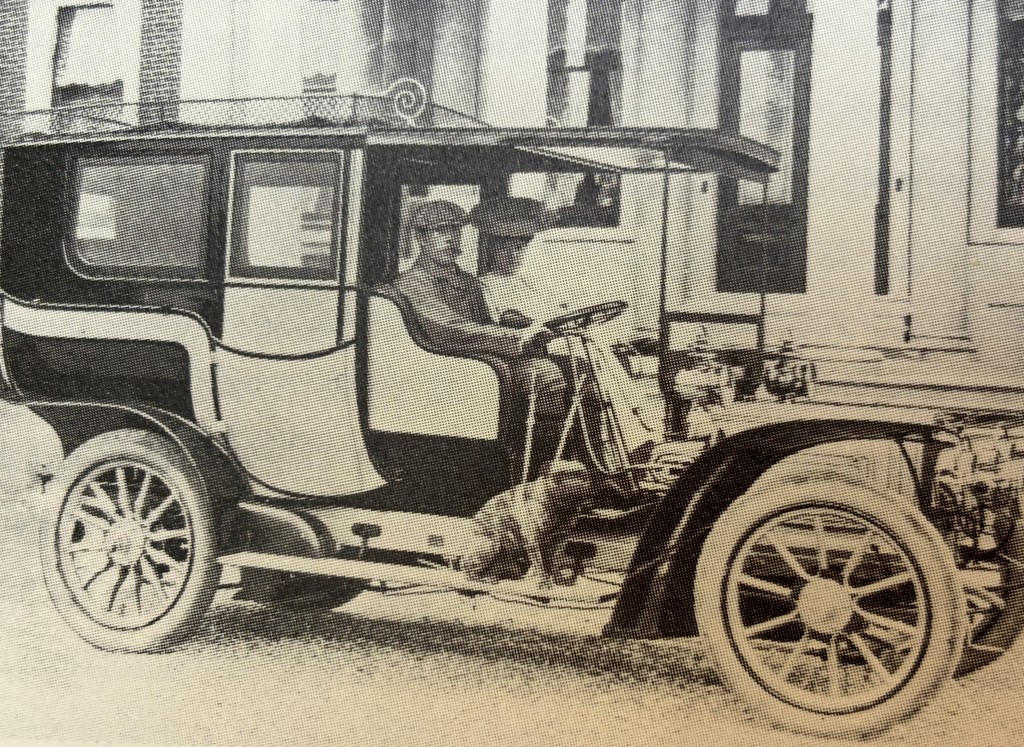
Mollie Plummer, a worker at Stansted House between 1908-10, described Mr and Mrs Wilder in her book ‘Life and love below stairs at Stansted House, 1908-10: recollections of Mollie Plummer, Head Kitchen maid; (Lib 19528). She described Mr Wilder as young in his ways, full on fun and a very generous man. The Lady (Mrs Wilder) was said to never been known to wear any dress more than 3 times and that she once told Mollie that in the 12 years she had been married to Mr Wilder, they hadn’t spent a night apart. Mollie describes the couple as a happy one and said that their happiness was felt throughout the house.
Divorce Courts and Revolvers
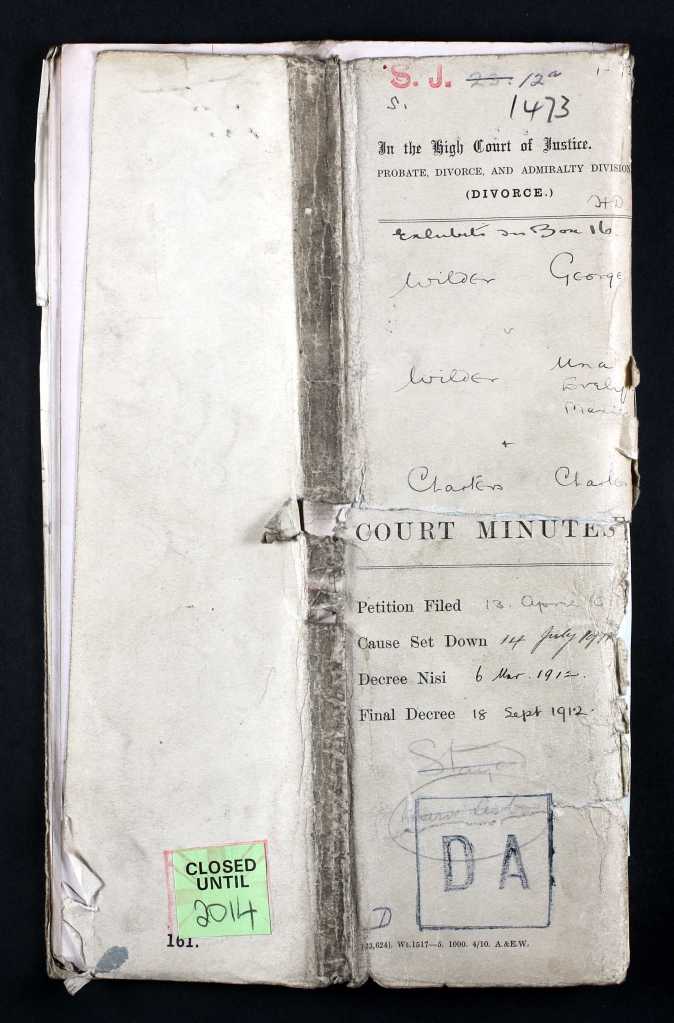
However, that all changed on their world trip in 1910, when Mrs Wilder started to excessively drink. While in America, Mrs Wilder is described to have had a misconduct with Mr Charles Charter, a Christian Science practitioner. In 1911, when Mrs Una Wilder was in New York, she was put under close observation and was found to be frequently at hotels and restaurants with Mr Charter.
Before the divorce got to court, in 1912, Una sent her husband a letter, which he didn’t immediately receive as he was abroad to shoot game. The letter read: “The day you get a divorce will be your last day on earth. You shall be shot through the heart, so take warning.” When George Wilder returned back to England, he went to get his guns repaired, so sent them to his gunsmith. The gunsmith informed him that Una had recently bought a revolver and had been taking lessons in revolver shots, becoming an expert shot. She had inquired what was the most vital part of a man to be shot, to which she was told the stomach. She practiced firing at a male target figure at both 50- and 20-yards distance, until the weapon was empty.
In the corridor of the divorce courts, Detective Inspector Chapman discovered that Una was carrying an empty Colt revolver with six cartridges in her handbag. She had to be carried out of the courts into the taxicab and was arrested for threatening to kill her husband. George was not spiteful and allowed his wife an allowance of £450 a year in the divorce proceedings, but he felt that he ought to be protected from her vengeance. It was suggested that Mrs Wilder has lived in America, where carrying guns was common practice.
A few months later, the divorce was back in the courts over two pearl-centred studs, which George Wilder claimed to be his. It was accused that one of the studs had been converted into a ring by Una. Mrs Wilder explained that the ring was sold to her in Monte Carlo, and that there was no sufficient evidence to where the studs were. Because of lack of sufficient evidence, the case was dropped.
It is quite apt that such the seemingly happy marriage went down in flames, much like Stansted House did when they started residing there.
Stay up to date with WSRO – follow us on Facebook, Instagram, Twitter and YouTube
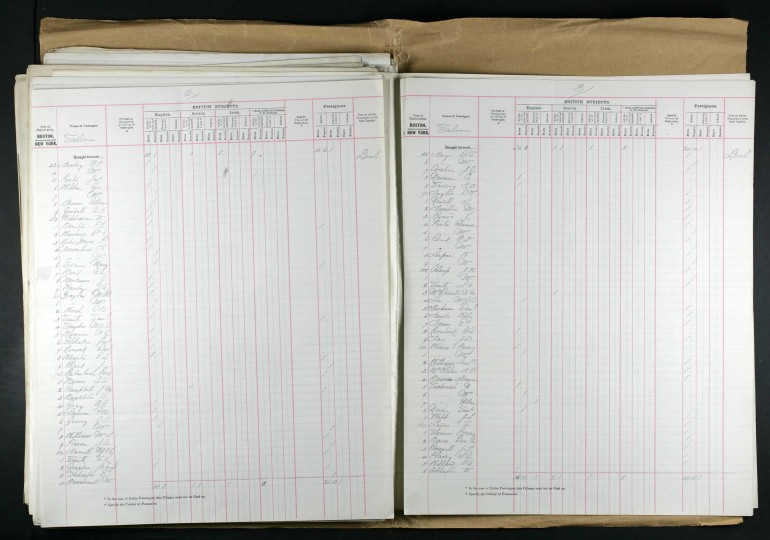
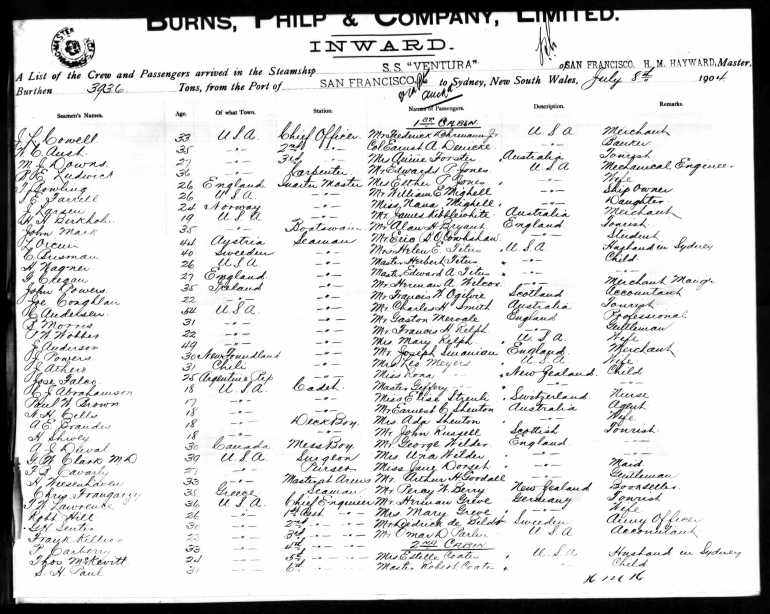
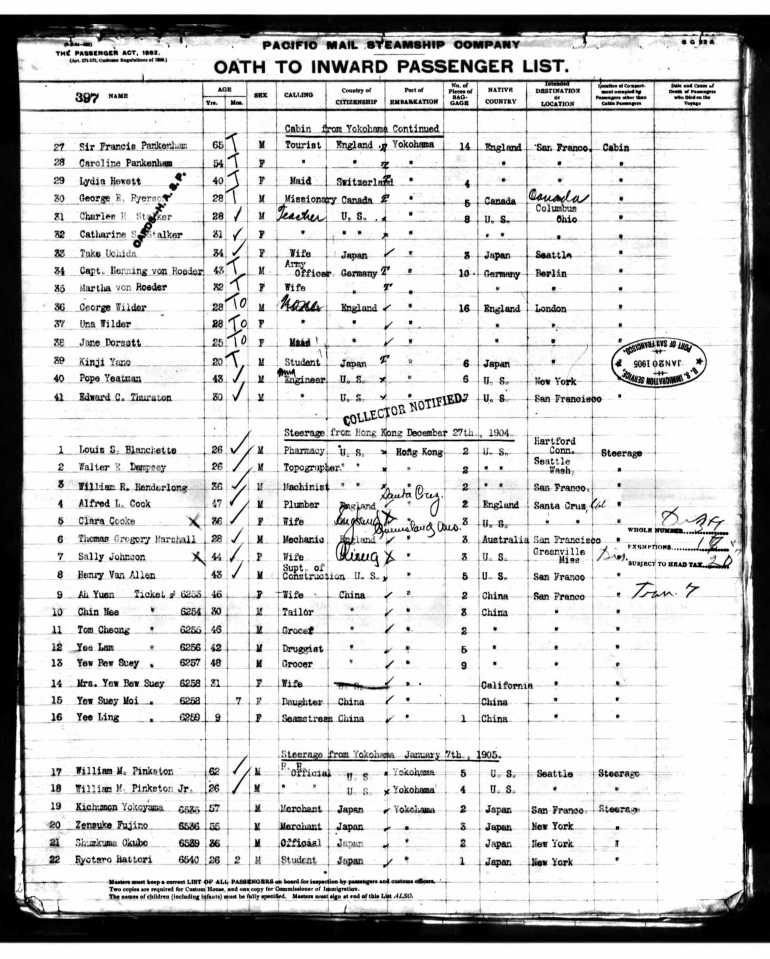
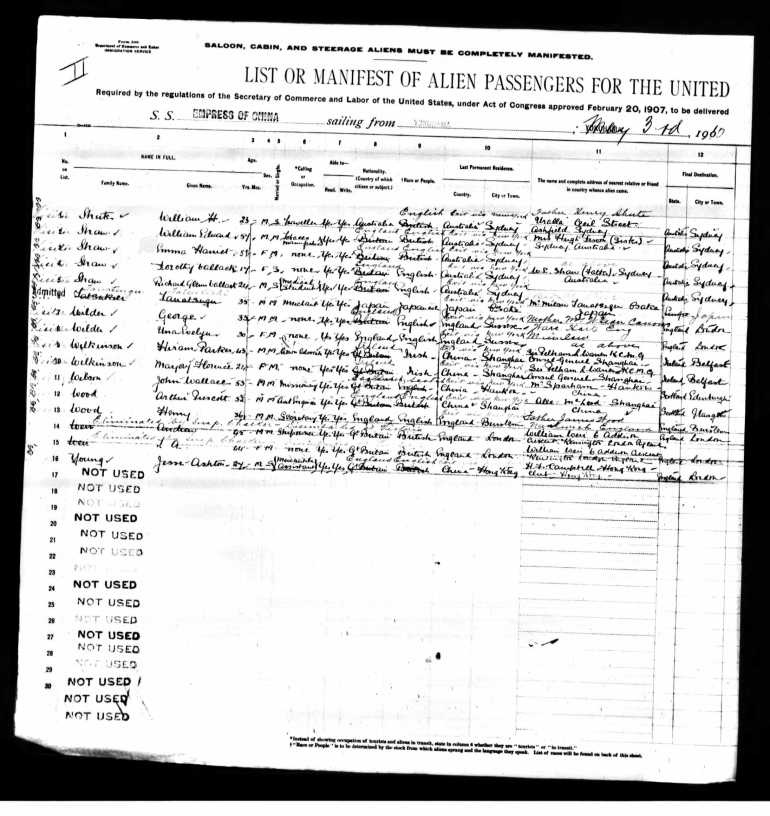
wow Mia – what an interesting read!
As neighbours to Stansted, we’re particularly interested in its history so thank you for bringing this to life so brilliantly!
we look forward to your next blog.
LikeLiked by 1 person